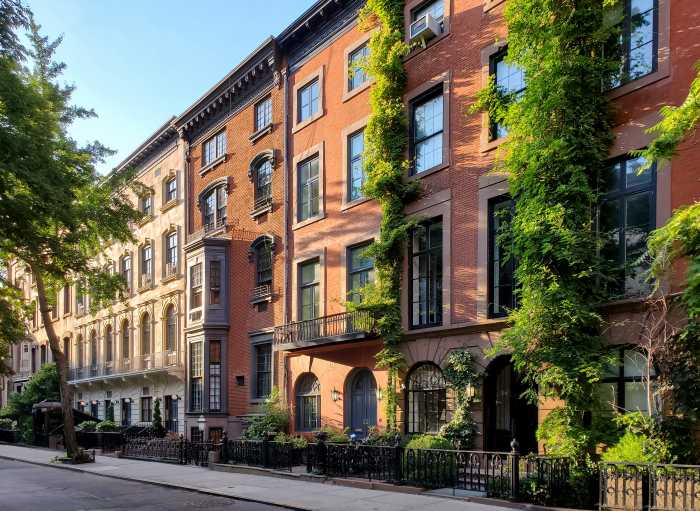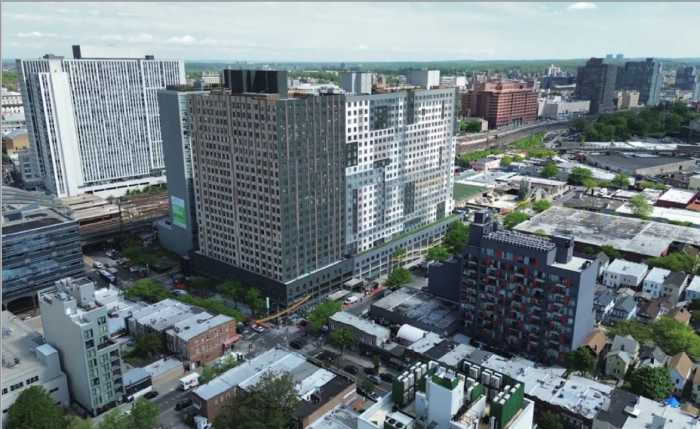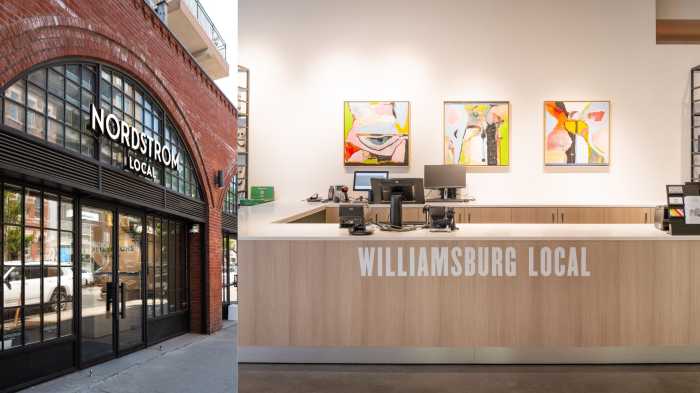By Sarina Trangle
Jamaica may provide the stage artists are scouring the city for, one study suggests.
An 18-month analysis on art workspace in Queens by Exploring the Metropolis Inc., which connects artists and performance facilities in the city, found Jamaica is ripe for an artistic revival.
David Johnston, Exploring the Metropolis’ executive director, told the Greater Jamaica Development Corp. at its quarterly meeting last week that the neighborhood could take steps to bolster its attractiveness to artists, including soliciting an affordable loft development.
“Jamaica is so well-positioned in terms of transit, it just seems like low hanging fruit,” Johnston told nearly 50 peopled gathered in the Harvest Room Oct. 15. “With the upcoming development, it’s a great opportunity to really focus on artists’ live-work space, find the space, find the developers who can do this.”
Johnston noted an East Harlem school that was transformed into a 90-unit live-work development for working artists received 53,000 applications.
“Clearly, there is a demand for this,” he said.
The Greater Jamaica Development Corp. leaders expressed interest in buttressing the area’s creative capital, saying it spurs economic development and personal fulfillment.
Andrew Manshel, executive vice president of the development corporation, presented a slide of properties with potential for artistic uses, such as a former bank at 90-34 161st St. now vacant save for a tattoo parlor, a former chamber of commerce building at 89-31 161st St. up for sale and the Ice House.
Manshel said the Economic Development Corporation had pooled $200,000 to $300,000 for potentially turning a 19th century ice house at 183-16 Jamaica Ave. in to an incubator, but the property remained in the hands of a private landlord who rents it to artists.
“Maybe they can take it and create an arts incubator space,” Manshel said. “We’d very much like to see Jamaica fulfill its potential as an affordable place for a diverse group of artists to live and work.”
The study found northeast Queens’ did not need much help spurring its arts scene, Flushing required more analysis and southwestern Queens did not respond in large enough numbers to examine, according to Johnston.
He said 93 percent of dancers and 90 percent of theater performers indicated they were not willing to pay more than $20 an hour for rehearsal space, but only 54 percent of dance spaces and 29 percent of theater facilities charge that rate or less.
Johnston and Manshel both ticked off auditoriums in southeast Queens readily available for dancers, actors and other performance groups. But Johnston suggested government subsidies for art facilities may be of use.
The study showed northwest Queens’ performing arts organizations tended to have the most money — $895,405, compared to northeast groups’ $659,741, southwest institutions’ $596,824 and the southeast organizations’ $192,479.
“There is very little philanthropic infrastructure in Queens. You have all these large foundations that have no pattern of giving here, and we’re not really sure how to address that,” Johnston noted. “But it’s a problem.”
Reach reporter Sarina Trangle at 718-260-4546 or by e-mail at strangle@cnglocal.com.


































